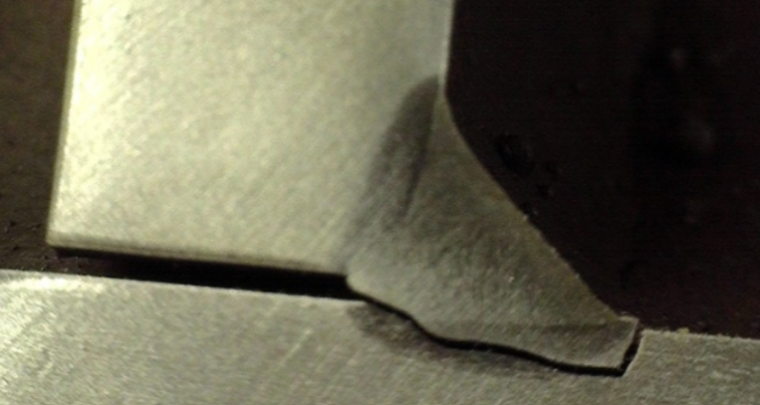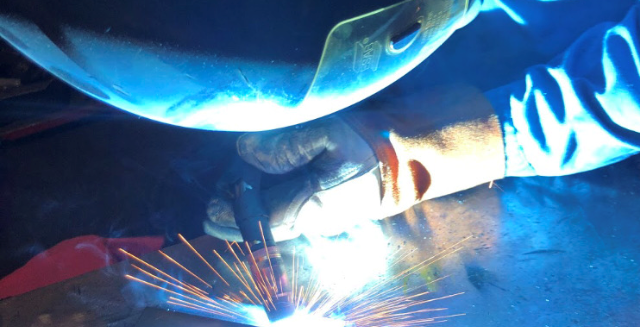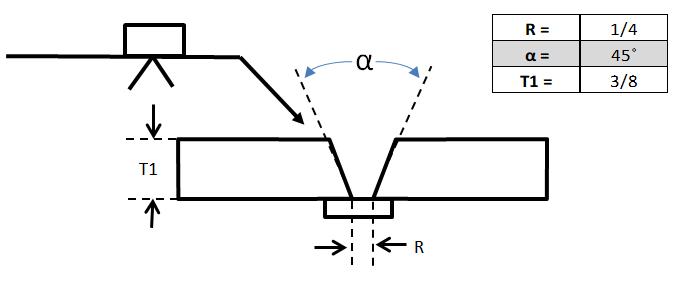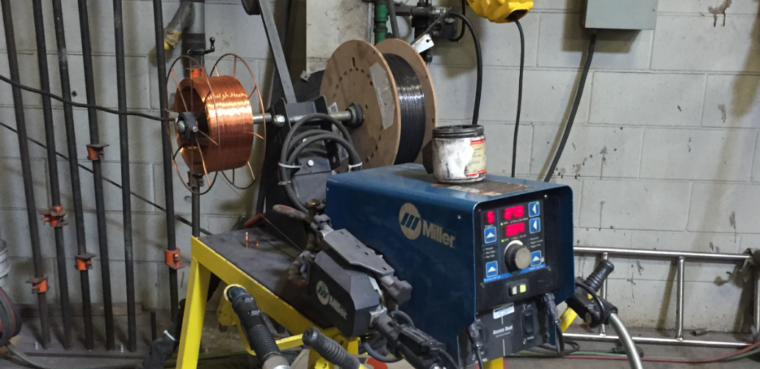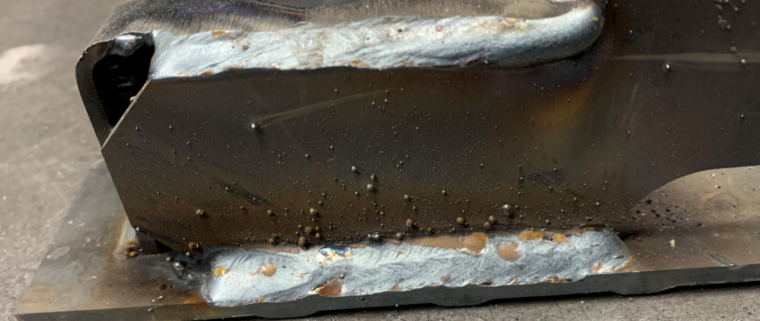4 Types of Loading in Welded Structures
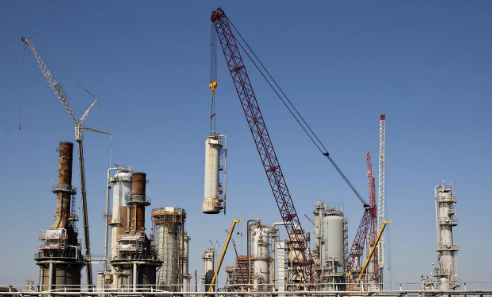
There are four types of loading experienced by welds and welded structures. These types of loading are a function of the strain rate (the rate at which deformation occurs in a material due to an applied load) and the number of loading cycles experienced by the welded member. The 4 types of loading are: Static […]

